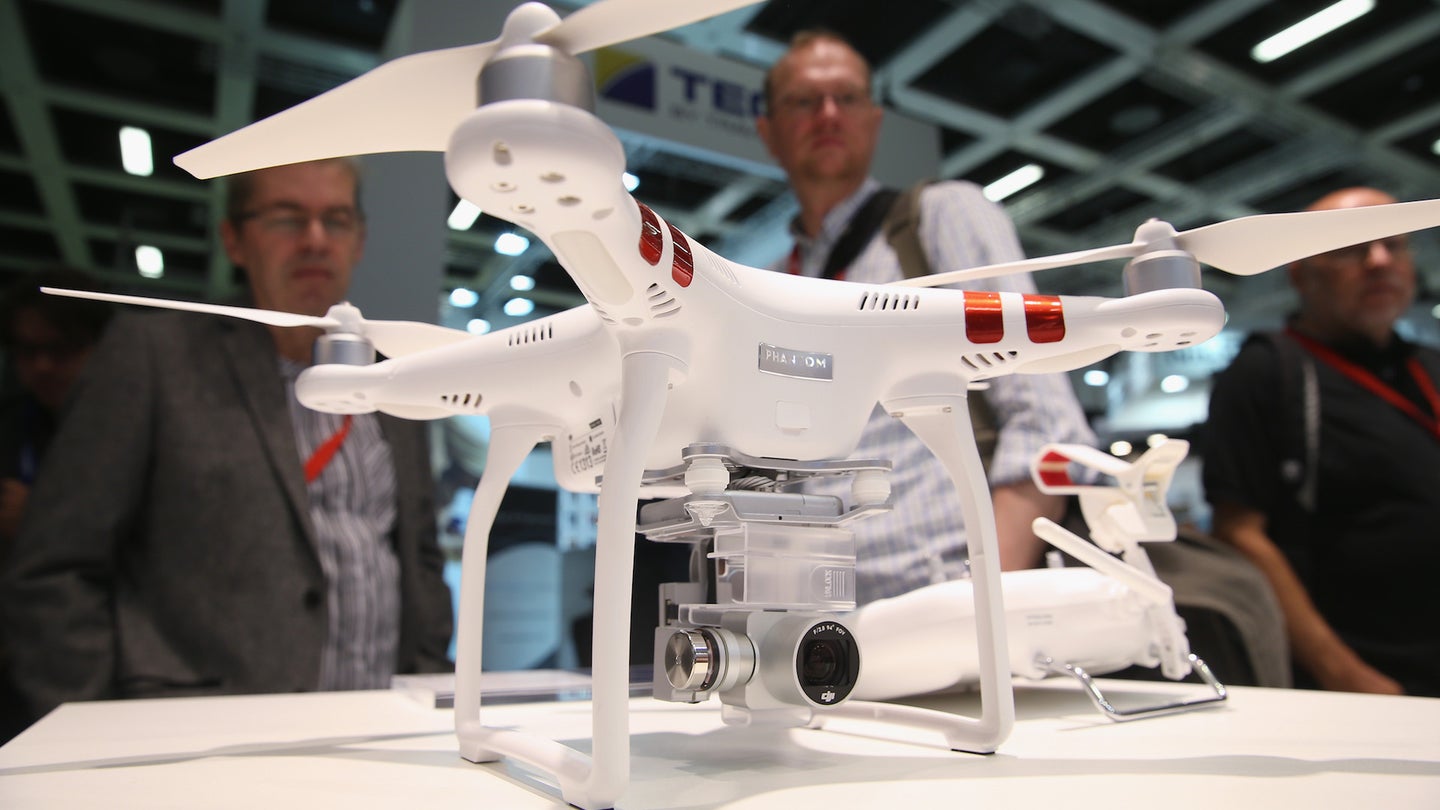The Interior Life of a Drone Explained via Infographic
While many of us are familiar with our drones, the outer components, and even the software that runs them, there’s much to learn about their interior.

While many of us own a drone or two and have flown these unmanned aerial vehicles of ours across the skies hundreds of times, how well do we know them, really? In order to be a capable drone pilot, one needs to understand the components that make up the device. Of course, we’re all very familiar with a UAV’s exterior. During long-term use, an active user will have to replace a damaged propeller—or four. The gimbal might’ve been damaged, when you accidentally crashed that new Spark you got for Christmas into the first tree in your backyard, forcing you to familiarize yourself with the hardware. While it takes small steps to really get to know your UAV, there’s a whole new world most of us know little about: the interior.
Fortunately for us, Dronelife has provided us with an infographic created by Dronefly that details a drone’s innards. In this case, the subject, dissected and explored in the image below, is a DJI Phantom 4. You may remember this particular model bringing obstacle avoidance to the series, and serving as a pretty serious hobby drone that stepped its game up in regards to aerial photography and drone footage capabilities while retaining an impressive portability. Regardless of your history with this model, looking inside can provide us all with a deeper appreciation of the engineering required to provide users with so many aerial opportunities.
Let’s take a look at the Phantom 4, from a perspective yet unexplored: the inside.
As you can see, the graph lists every single major component of the device: propeller, motor, GPS module, LEDs, electronic speed controller, forward obstacle avoidance sensor, downward obstacle avoidance sensor, downward ultrasonic sensor, drone flight controller, gimbal, camera, battery, camera board, and antenna. The controller’s innards are a little more concise, with only the joysticks and a main remote controller board to take in. If this seems like a mere list of items, with their corresponding objects being pointed out without context, it is. Don’t despair, though, because the second part of this infographic provides all of the requisite info you’re likely clamoring for.
Dronefly's Alex Netto believes that every drone user should be familiar with the device their piloting across the heavens. It isn't just a matter of safety, or a penchant for smart engineering, but presumably a notion that every tech-geek shares: you should know what you're dealing with, for your own sake. "Understanding how all the individual components work together is something that all drone operators should understand and appreciate," he said. "The drone anatomy diagram below is of a DJI Phantom 4, but the functions of the components are the same in most high-end consumer and commercial UAVs."
Hopefully, the infographic here has provided some of you with a little more context, wisdom, and appreciation for your own device, and a better understanding of it, moving forward.
